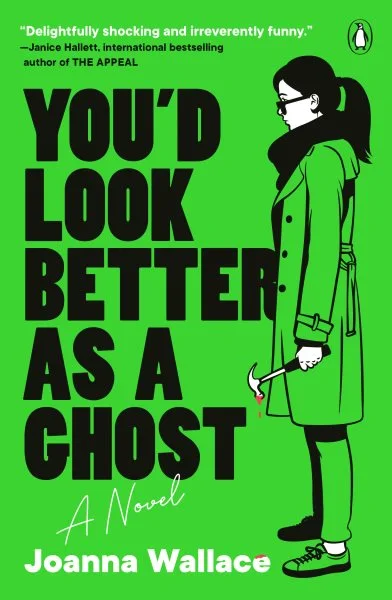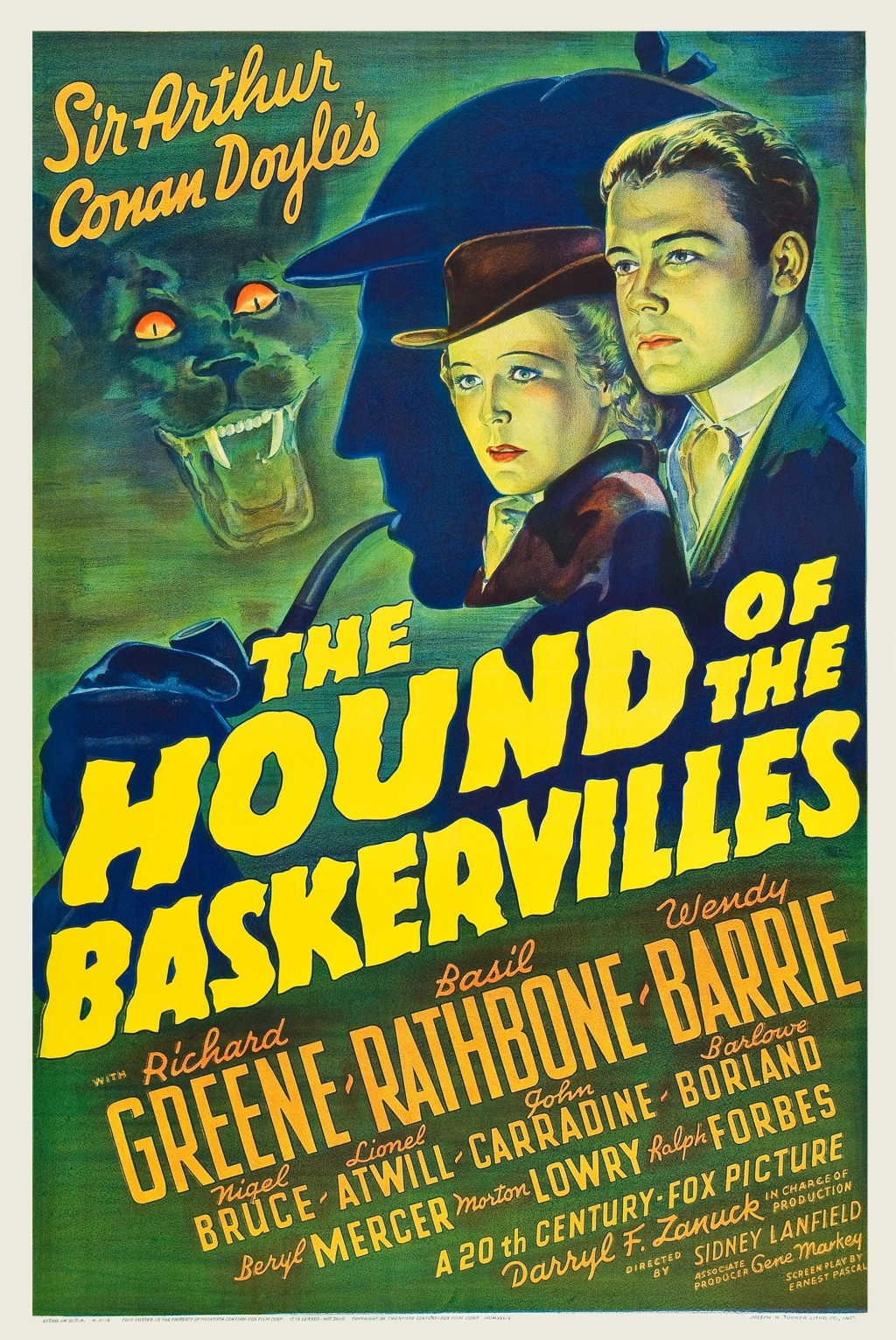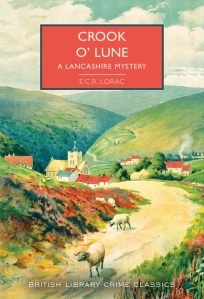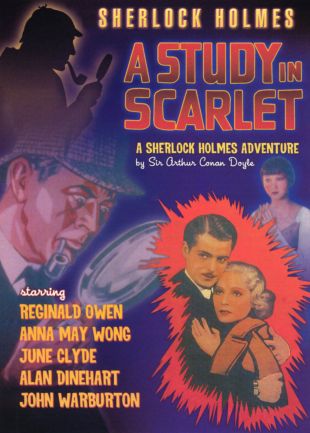
Originally published in 2021.
The Blurb
On the evening of March 9th, 1566, David Rizzio, the private secretary of Mary, Queen of Scots, was brutally murdered. Dragged from the chamber of the heavily pregnant Mary, Rizzio was stabbed fifty six times by a party of assassins. This breathtakingly tense novella dramatises the events that led up to that night, telling the infamous story as it has never been told before.
A dark tale of sex, secrets and lies, Rizzio looks at a shocking historical murder through a modern lens—and explores the lengths that men and women will go to in their search for love and power.
Rizzio first came to my attention a little over a week ago when I read a review of the work by Fictionophile while on my lunch break. Minutes later when I got back to work I came across a copy and, struck by the coincidence, I decided to check it out. It was fate, right?
The novella depicts the events of March 9, 1566 when David Rizzio, the private secretary to Mary, Queen of Scots, was stabbed to death by a group of conspirators in front of the Queen during an attempted coup. It’s a short work and rather than attempting to depict every moment of that night, Mina focuses on the most dramatic moments and those that best illustrate some of the motivations and tensions at play within the various groups of individuals that night.
The events of the evening are certainly dramatic and for those who do not already know the tale, will likely contain a few surprises as we follow how the events unfold and are ultimately resolved. As interesting as the events are however, I think the real point of focus is meant to be on the individuals involved in those events and exploring their motivations, thoughts and feelings at points during that night.
One idea that I think sits at the heart of this novel is that the idea that history is wrought by the ‘Great Men’ is a false one. Those people who viewed themselves as Statesmen were ultimately just men, often operating out of personal jealousies or for gain rather than the higher motivations they try to ascribe to their actions. They also rarely exercised the level of control over events that they believed that they had – history often comes down to fluke and coincidence rather than intentional planning and its effects are often wider than they may initially seem (we are reminded at the end of the novella that Mary’s child is James I of England).
I think Mina presents a pretty convincing case for that in the characters of Ruthven and Darnley, carefully exploring not only how these characters perceive themselves and their actions but how they are seen by those around them and some of the contradictions between what they say and how they act. By the end of the novella I felt I had a really clear understanding of these characters as well as several other figures around Holyrood at that time and I was struck by just how dimensional many of those portraits are given how short this piece is overall.
The other theme that resonated with me was the idea that history can easily be turned into mythology. The novella’s final chapter drives this notion home by bringing things forward several centuries and discussing how this moment in history was perceived by readers of Sir Walter Scott and has come to be viewed centuries after it happened. In contrast, Mina seems to want to strip it of that distance and some of the romance of history and to show it as borne of a relatable human desire and emotion. That this was something that happened to real people.
One method Mina uses to try and connect to these characters as people is to not try and reproduce sixteenth century language but to have them speak in direct, sometimes quite coarse or violent language. This emphasizes both the danger they are in but also the emotions that they were experiencing, even when they are not always entirely aware of them. A good case in point would be Darnley where the reader may well perceive subtext to some of his comments and concerns that he clearly does not understand or see himself.
While I know that some dislike the idea of historical fiction written in modern language, I do think it can be very effective and certainly here I think it is. Not only does it bring the violence of the situation quite vividly to life, it also helps to highlight and address many of Mina’s themes and the connections to issues still being experienced in Scotland today.
It helps too that some of Mina’s phrases are fantastically concise and effective. One of my favorites was the description of Henry Yair as ‘a killing spree looking for an excuse’ which conveys a lot about the intensity and attitudes held by that character.
Perhaps surprisingly, the least compelling character in the whole piece is the one who gives his name to it. While we learn a little of Rizzio’s background and more about his relationships with several of the characters, I never felt that the secretary made much of an impact at all as an individual. Instead, all we really get to learn about him is the fear he shows in the moments before his death.
It could be that was Mina’s point – that the murder was never really about Rizzio but that his arrest and murder was just a pretext for the events of that evening. Either way, this story quickly moves beyond the incident to explore many of the tensions within the Scottish court at this time.
One comment I have seen in several reviews of the work is that some wish that the work was longer. While I can understand that desire to have more, I am not sure that the additional detail would have benefitted the work. The reason that this worked for me was that it feels so tight and so focused on exploring those themes and ideas. I find it hard to think what could have been added that wouldn’t have just slowed the story down.
Rizzio won’t be to everyone’s taste. For one thing it isn’t really a mystery at all but rather a historical crime story. For another, I would suggest that it is a work where theme is more important than action as shown by the way it speeds through the conclusion to that night’s violence. It is an interesting piece though that I think has some intriguing things to say about how we view the past, the people who lived then as well as the political and social movements of long ago.
The Verdict: A thoughtful exploration of how history is made and later interpreted.




Leave a comment